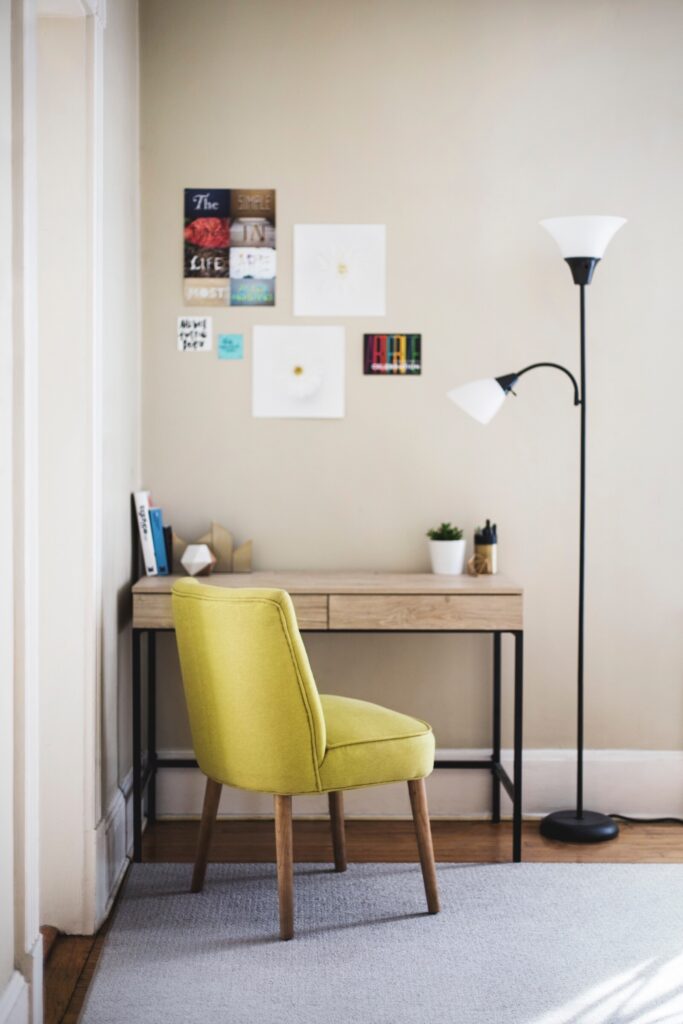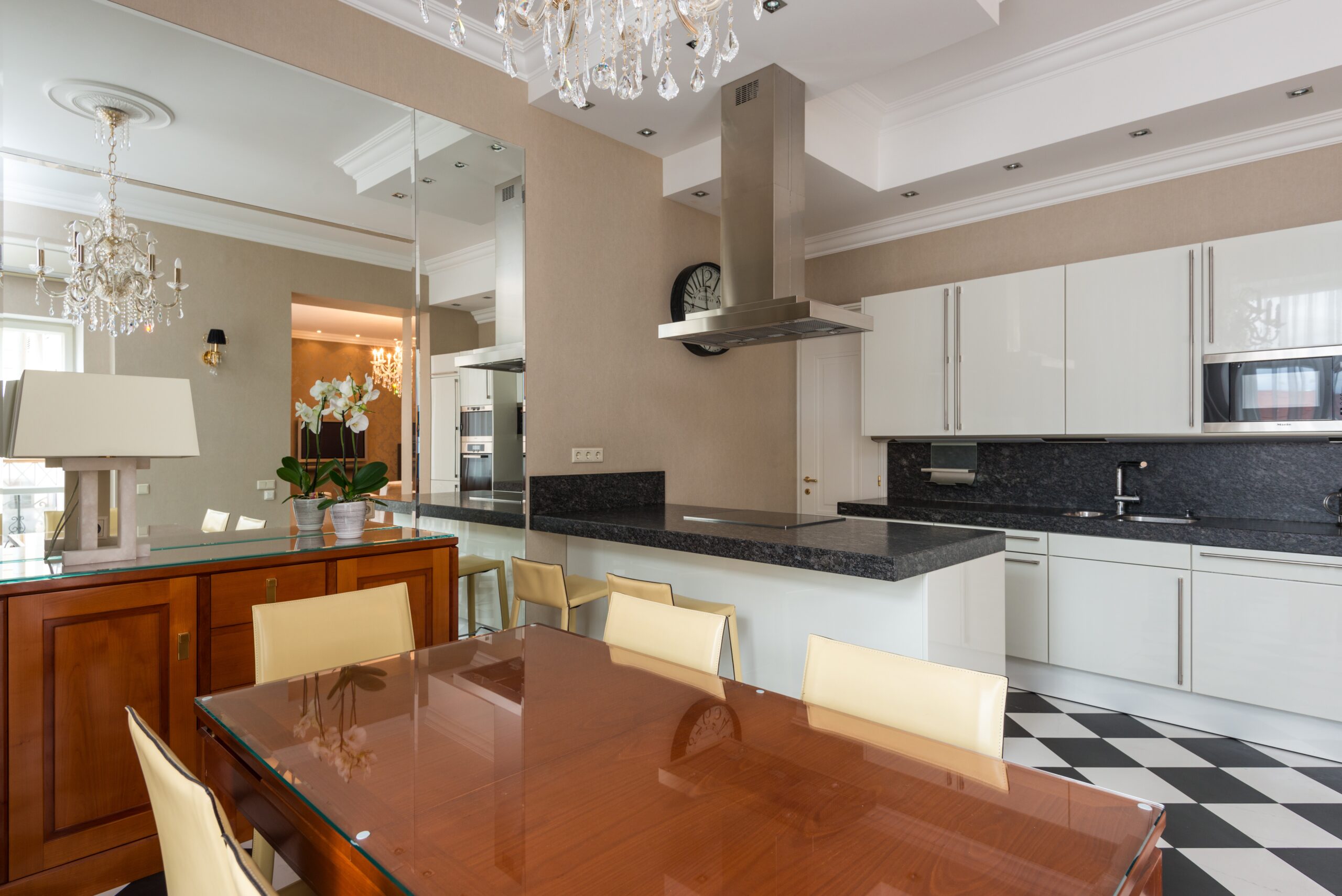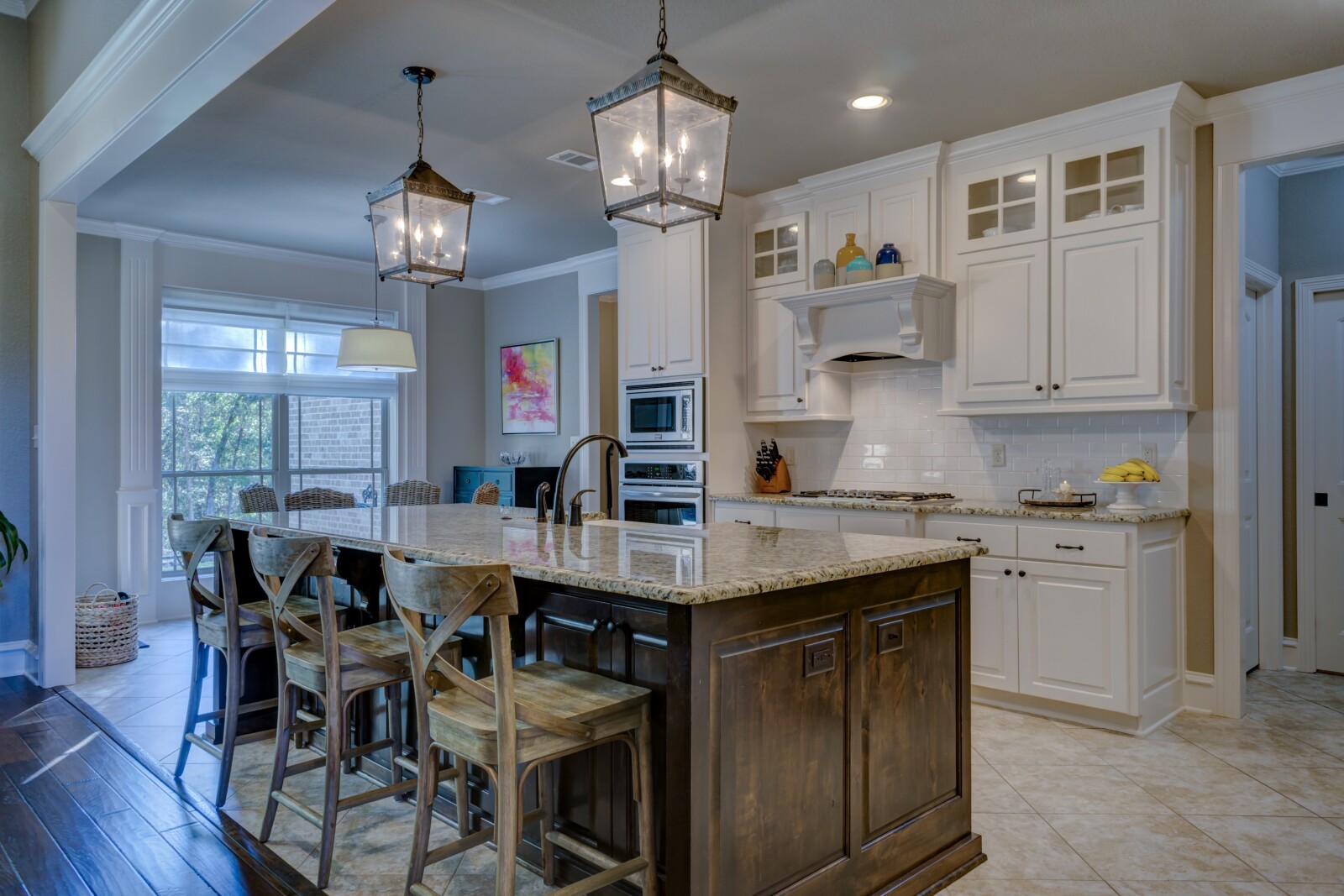Choosing the Best Lighting for Your Child’s Study Desk
Creating the right study environment for your children is one of the best things you can do to ensure they become well-rounded, independent adults. To help them grow and learn in a safe, inspiring space that fosters healthy habits, it’s essential to equip their home office with proper lighting. This guide will help you decide which lamp or lights are best for studying.

Choosing the Best Lighting for Your Child’s Study Desk
Task Lighting 101
Task lighting is a type of illumination specifically intended to provide sufficient light for the task at hand. Task lighting differs from general lighting, which illuminates the entire room and may or may not is directed toward any particular area; ambient lighting, which provides overall illumination throughout a space; and accent lighting, which highlights specific objects (such as artwork) within a room.
Task lights are typically found in offices and classrooms where reading or writing are everyday tasks. They come in several varieties: floor lamps with adjustable heads that can be aimed at whatever you’re working on; table lamps with flexible heads that direct their light downward onto your desktop; or spotlights mounted to the ceiling above your desk for maximum brightness efficiency.
When choosing task lighting for your child’s study desk/table, keep these tips in mind:
Benefits of Having a Well-Lit Study Area

Choose the proper lighting to create an optimal study space
Having a well-lit study area is essential for a variety of reasons. It’s imperative that you have enough light to see the material in front of you and read it clearly, but it’s also important to consider how this affects your mood. When studying for exams or writing papers, we spend many hours at our desks with our noses pressed against a book or computer screen. If there aren’t any lights on, this can make us feel depressed and tired—and we’re sure no one wants that! When choosing to light for your child’s study desk, keep these benefits in mind:
- It will help them see better when reading or writing notes by hand (mainly if they use small print).
- It will help them stay awake and alert instead of becoming drowsy due to fatigue (mainly if they use artificial light sources like lamps).
- It will help them be more productive by making their home environment more comfortable while tackling their workloads.
Best Lighting for Studying

Best Lamps for Studying
When looking for the best lighting for studying, it’s important to remember that there are two types of lighting: task and ambient. Task lights provide a focused light source that illuminates the work surface and makes it easy to read and write. Ambient light fills the room with general illumination, making your study space more comfortable and adding visual interest.
Lamps can provide ambient light on each side of a wall or from overhead fixtures in corners or above windows. If you’re working on an expansive table, then ambient lighting should come from both sides of your desk so that no shadows are cast across your work area (for example, if you have an overhead light fixture at one end of a long desk, don’t place another lamp at the other end). The effect will be soft enough for comfort but bright enough to keep you alert during late-night studying sessions!
Best Light Bulb Wattage for Studying
The best light bulb wattage for studying is between 50W and 100W. Why? Because too many watts of light can cause glare, which can make reading difficult, it also uses more energy than necessary. More light means more energy use, more heat production, more light pollution, and a higher chance of eye strain.
Best Ceiling Lighting for Studying
Ceiling lighting should be bright and evenly distributed. A dimmer switch is best, but multiple bulbs are also good. Track lighting is an excellent option for study desks because it can be custom-fit to the space, but led lights (also known as fluorescent or cold cathode fluorescent lamps) are a good alternative if you want to save money on energy bills.
LEDs are an efficient source of light that doesn’t produce much heat, so they’re ideal for smaller rooms like your child’s bedroom or study room. They’re also long-lasting—the bulbs will last up to 20 years before needing replacement!
Ceiling light with multiple brightness settings allows you to choose just how bright you need your reading area at any given time, making it easier on your eyes when studying late into the night or early in the morning before heading off to school/work/etcetera.”
Our Picks – Best Lamps for Studying
A desk lamp is the most common type of lamp, and for a good reason. They can be used on a desk or table, they’re easy to move around, and they come in various styles.
The best desk lamps have a flexible neck, gooseneck, or arm so you can position them where you need them. If you need light close to your work surface, like under-cabinet lighting, a clamp is also essential for securing it to the desk/table edge.
Dorm Room Mood Boards
Planning your child’s study space makes it essential to consider that lighting is not one-size-fits-all. Consider how best to accommodate both if you have a student who needs good overhead lighting for late-night cram sessions or another who needs dimmer lighting for reading in the evening.
Dorm room mood boards are an excellent tool for helping with this process! Choose some colors and fabrics that work well together and refresh your color palette from time to time as your child grows older. Then hang these images on the wall near where they’ll be studying to see what works best in their particular situation.
Choose The Proper Lighting To Create An Optimal Study Space
The best lighting for children’s studies is different from the best lighting for adults.
- For children, it is important to avoid harsh lighting or glare. If you have bright, hard-edged lights in your child’s study space, they may create shadows on their desk where they are trying to read or do homework. This makes it more difficult for them to focus on their work because it creates more visual clutter. In addition, having too much brightness in your child’s room can make him feel tired and drowsy instead of awake and alert – which will not help him when he needs to get his assignments done!
- Choose a bulb wattage that is low enough not to be distracting but high enough so that he can see clearly without headaches at night when the lights go off (if possible).
- Avoid overhead ceiling lamps because these can cause glare and cast shadows over desks where children need good visibility while working on their assignments throughout the day/night hours (depending upon your child’s schedule).
Conclusion
We have spent much time researching the best lighting options for studying, and we are confident that our recommendations will help you create an environment where your child can get the most out of their study time. You can also take inspiration from our mood boards to create a great-looking space.


